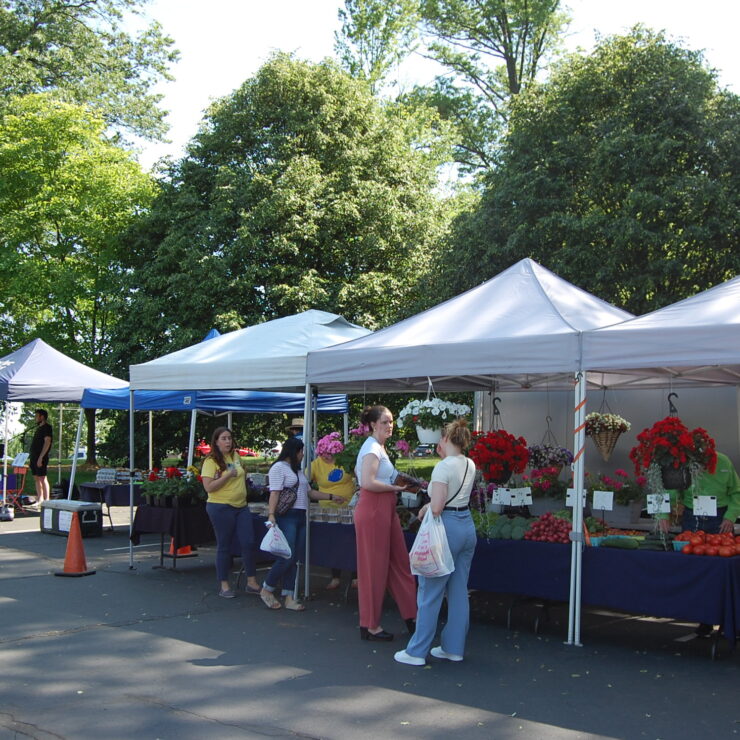In Philadelphia, the most successful BIDs, namely those that cover Center City and City Avenue, comprise multiple neighborhoods and sometimes multiple retail clusters; however, they are also the hardest to organize because a rethinking of traditional boundaries is required. The Center City District (CCD) covers 120 blocks and has an annual budget of more than $20 million. The City Avenue Special Services District (CASSD) is much smaller, covering a single road for three miles, yet it has the second highest budget of any BID in Philadelphia, at approximately $1.4 million. Similarly, the University City District (UCD), which, while performing many of the functions of a BID, is actually a nonprofit that receives money voluntarily from participating businesses and institutions and comprises a wide territory (2.2 square miles) that includes multiple commercial corridors that serve low-, moderate-, and upper-income residents.
The CASSD is unique, both in the city and nationally, because it has a territory that spans two municipalities: the City of Philadelphia and Merion Township in Montgomery County. One other such BID was legally established to span the border between Philadelphia and Cheltenham Township, also in Montgomery County, thus including a moderate-income neighborhood on the Philadelphia side. The BID was never implemented, however, in large part because of the resistance of Philadelphia-side merchants and other stakeholders. Although difficult to establish, BIDs that cross municipal borders have the potential to fundamentally redefine the meaning of the city–suburban divide.
In contrast to the CCD, the CASSD, and the UCD, most Philadelphia BIDs comprise relatively small territories that are defined by a single commercial corridor. In a city with a dense building stock where many of these corridors are close to one another, this seems a lost opportunity. A case in point is Germantown Avenue, which extends approximately eight miles through five distinct neighborhoods, from one of the poorest to one of the wealthiest in the city, and which is covered by three separate BIDs in three consecutive neighborhoods (Germantown, Mount Airy, and Chestnut Hill). If the separate sections of this extensive corridor were able to share resources through a single BID, Germantown Avenue might be better poised to market its substantial assets, coordinate events, and create a brand for itself that transcends individual neighborhoods, while providing these neighborhoods with a richer resource. As suggested previously, the political and organizational hurdles to such an unprecedented consolidation are daunting, but the goal is certainly at least worth thinking about, especially since it would address a typical critique of BIDs — that they are simply a means of capturing local tax capacity for the exclusive use of wealthier communities.
Read the full article here.
For more information, contact Richardson Dilworth at 215-895-2471 or rd43@drexel.edu ![]() or visit www.drexel.edu/publicpolicy/
or visit www.drexel.edu/publicpolicy/ ![]() .
.



